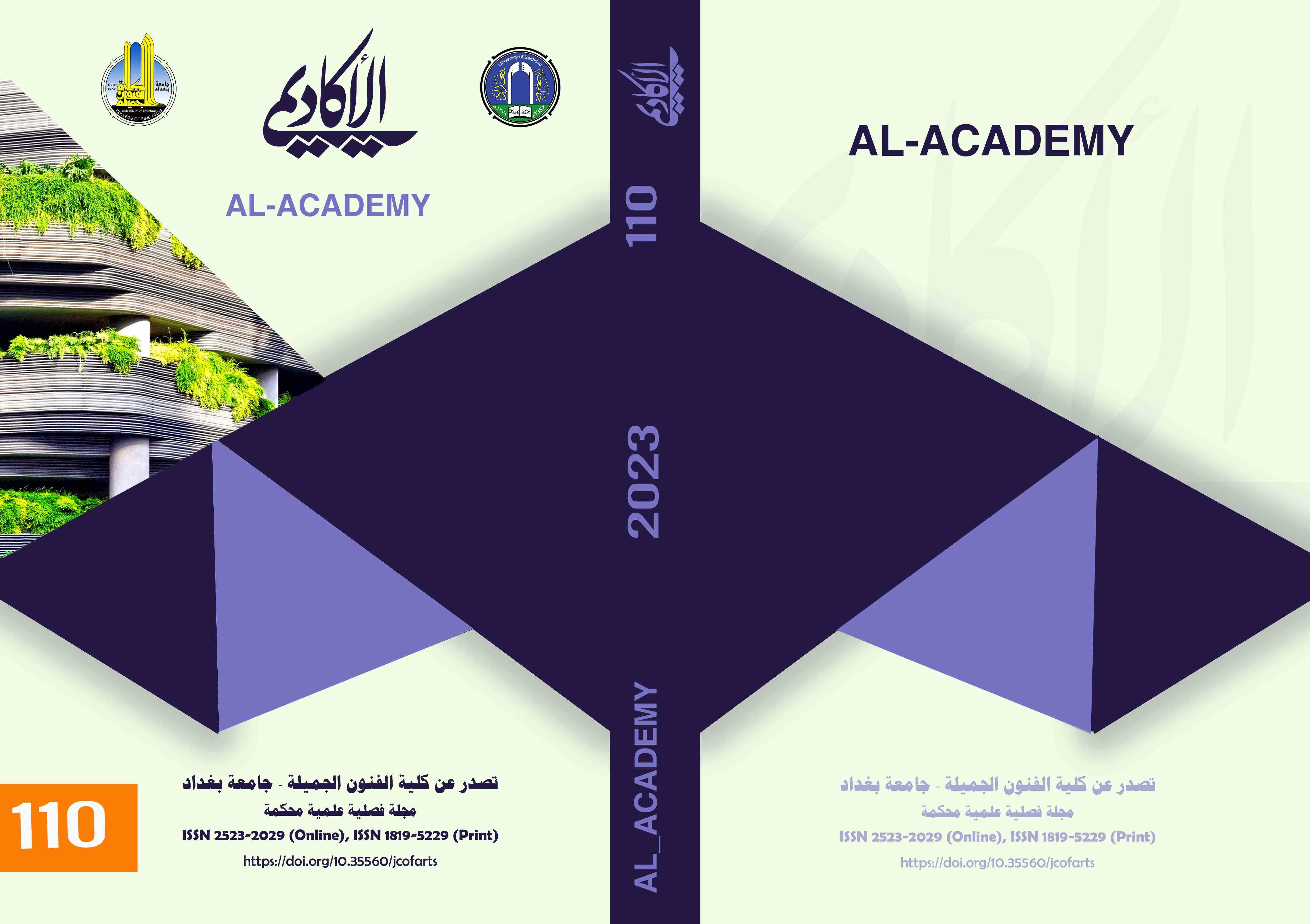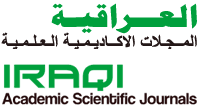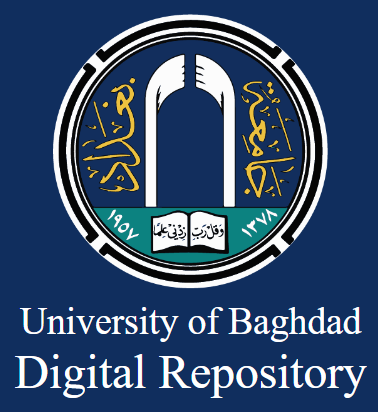Artwork And The Pictorial Impact: The Material Preminence And The Emergence Of Meaning
DOI:
https://doi.org/10.35560/jcofarts1530Keywords:
Pictorial Materiality- Artistic Identity- Image and Material – Phenomenology- Contemporary ArtAbstract
The article analyzes the role of material not only as a technical medium for creating image but also as an autonomous semantically meaningful system of expression that provides the image with substance and shapes the identity of the artwork. We investigate how material became a central element of artistic expression, bridging the gap between visual image and sensory experience.
The study traces the development of material in visual art, from the dominance of representational forms throughout much of art history to contemporary abstraction, which redefined the artwork beyond traditional image. It highlights significant transformations in the use of material, particularly with movements such as collage and art brut, where material emerged as a decisive factor in creating visual and emotional impact. These shifts emphasize how material evolved into a core component of modern and contemporary art, shaping interactions between artworks and their audiences.
On a philosophical level, the study applies phenomenological theory to analyze how an artwork transcends its physical properties, engaging viewers in perceptual and cognitive experiences. We also consider the role of abstract elements like color, texture, and depth in redefining the artwork as an independent entity. This leads us to ask ourselves: can material be separated from image, or is it the foundation from which artistic meaning emerges and continues to evolve?
References
Asfour, J. A. (1974). The artistic image in classical and rhetorical criticism. Dar Al-Thaqafa for Printing, Cairo.
Bahgat, A. N. (2016). Material manifestations in visual arts. Dar Al-Thaqafa, Cairo.
Bahnasi, A. (2009). Plastic materials and modern art. Dar Al-Fikr Al-Arabi, Beirut.
Bahnasi, A. (2013). Art throughout history. Dar Al-Fikr Al-Arabi, Beirut.
Belting, H. (2003). Art history after modernism. University of Chicago Press.
Blasim, M. (2010). Acculturation and communication through art (1st ed.). Dar Majdalawi, Amman.
Borràs, M. L. (2016). Abstract art: A global history. Thames & Hudson, London.
Bowness, A. (1991). Modern European art (F. Khalil, Trans.; J. I. Jabra, Rev.). Dar Al-Ma'mun for Translation and Publishing, Baghdad.
Crary, J. (1990). Techniques of the observer: On vision and modernity in the 19th century. MIT Press.
Damisch, H. (1984). Fenêtre jaune cadmium ou les dessous de la peinture. Seuil, Paris.
Duve, T. de. (1996). Kant after Duchamp. MIT Press.
Elkins, J. (2000). What painting is: How to think about oil painting, using the language of alchemy. Routledge.
Ferry, L. (1990). Homo aestheticus. Ed. Gresset, Paris.
Francastel, P. (1955). Histoire de la peinture française. Meddens, Bruxelles.
Gombrich, E. H. (2020). The story of art (16th ed.). Phaidon Press, London.
Havel, M. (1974). La technique du tableau. Dessain & Tolra, Paris.
Al-Halabi, K. A. (2018). Visual perception and material in contemporary art. Dar Al-Jeel, Beirut.
Al-Jabri, M. A. (2010). Introduction to the philosophy of art and beauty. Dar Al-Tali’a, Beirut.
Al-Qarni, A. M. (2015). Abstraction in contemporary art. Dar Al-Kitab Al-Hadith, Cairo.
Malraux, A. (1955). Les voix du silence. Ed. Gallimard, Paris.
Mannering, D. (1994). La vie et l’œuvre de Rembrandt. Ed. S.D.P/Livre Club, Paris.
Merleau-Ponty, M. (1966). Sens et non-sens. Naget Ed, Paris.
Millet, C. (1977). L’art contemporain. Ed. Flammarion, Paris.
Nasr, A. R. (2017). Aesthetics of material in visual arts. Dar Al-Awael, Damascus.
Nasr, A. R. (2018). Materialism and spirituality in visual arts. Dar Al-Yazouri, Amman.
Nochlin, L. (1989). The politics of vision: Essays on nineteenth-century art and society. Harper & Row.
Shaker, Z. I. (2008). The problem of art (5th ed.). Maktabat Misr, Cairo.
Shaker, Z. I. (2010). Art and truth. Maktabat Misr, Cairo.
Spiess, J. (1996). Le Louvre. Ed. Edita, Paris.
Downloads
Published
Issue
Section
License
Copyright (c) 2023 hafedh Mohamed Rekik, Saoussen Albechir Zarrad

This work is licensed under a Creative Commons Attribution 4.0 International License.













